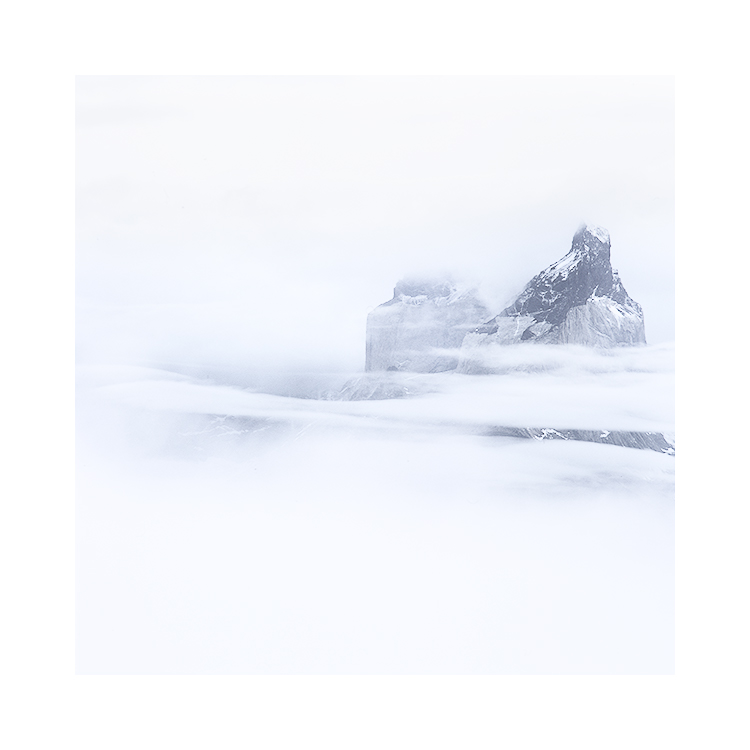But it’s what most of us do. We value our own work based on the validation we get from others. And I think this is a problem we all have to overcome to some degree, if we want our work to be individualistic, rather than looking like everyone else’s work.
You see, I believe that to create work that stands out from everyone else’s, you have to go it alone. Pandering to trends or what others think, ultimately will dilute who you are. You become a mix of other people’s ideas and you lose yourself in trying to belong.
It all comes down to confidence.
I’ve had a lot of time to think about the importance of confidence in one’s own abilities. Confidence is required to be brave enough to do things that no one else is doing, and to maybe just ignore that just because everyone else is doing something, you don’t need to follow suit. In fact, I’d go as far as saying that I tend to have an aversion to going where everyone else is going. I despise trends to the point that when I start to find everyone wants to go to the same places as I do, I’d much rather stop going there, and find somewhere new to go to.
Being creative is about being willing to go in directions where no one else is going, or to mix up styles in a way that haven’t been attempted. It’s about trying to work outside your normal parameters of what you usually do.
Creativity is also about not giving a damn what others think, because most of the time, most others opinions are based on what is generally accepted. Show someone a new idea and you’ll find it often take time to be accepted. Being first at doing something is rarely rewarded in the arts.
This is why I feel that looking for acceptance on social media platforms doesn’t work, because these platforms work by the lowest common denominator : images that the majority will like, tend to do well. Which means to get any attention on these platforms, you have to create work that appeals to the middle road. As a result of this, your work becomes safe, and predictable, and again, you lose yourself in a sea of ubiquity.
Whereas being individual in your work means you’re probably not going to do appeal to the masses. Instead, you’re going to appeal to an underground group of people who like your particular thing.
This means you’re not going to get big like counts, and some folks just won’t get what it is that you do. So you have to toughen up, and that’s where confidence comes in. If you can build in a degree of belief in yourself, then you’ll feel more able to ride out the knocks and lack of acceptance you get from those that are looking for something more middle of the road.
But having confidence will enable you to be more committed to staying your ground even while others around you may think you are wrong.
Acceptance by others, often equates to conforming, fitting in, and most probably going down a well beaten path to accomplished mediocrity.
If you’re looking to find a style or find yourself in what you do, you have to learn to let go of needing other people’s validation. It takes guts and a degree of bravery to be different. But being different is the rarest currency you possess, because no one else can do you, like you can :-)











